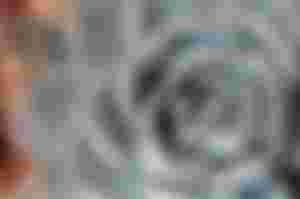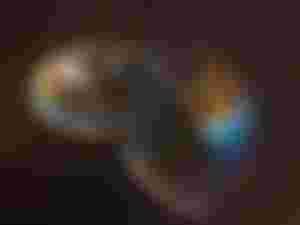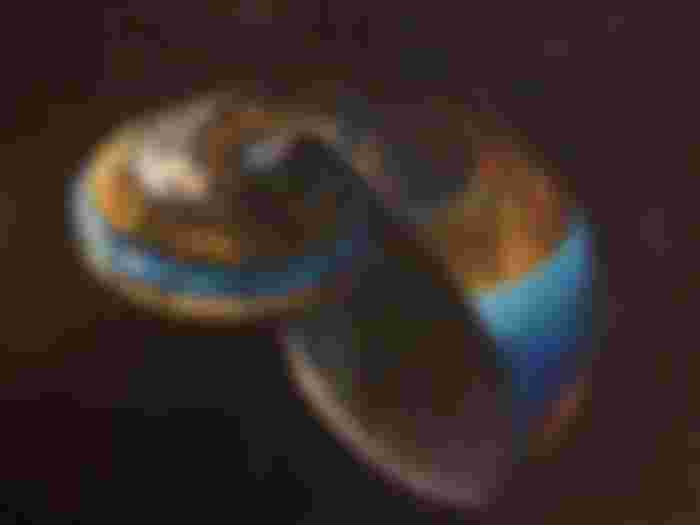
One of the most common formulas in mathematics is the Fibonacci series.
The sum of the two numbers that precede it is any number in the sequence. So, the sequence goes as follows: 0 , 1, 1, 2, 3, 5, 8, 13, 21, 34, etc. Xn+2= Xn+1 + Xn is the mathematical equation that defines it.
It is called "nature's hidden code," and "nature's universal law," a keystone of high school and undergraduate classes. It is said to regulate the dimensions of everything from the Great Pyramid at Giza, to the famous seashell that probably graced your school math textbook cover.
And the chances are, almost all is wrong with you knowing about it.
History Dispersed
So what is the true story behind this famous series, then?
Many sources say Leonardo Fibonacci first discovered or 'invented' it. A mathematician from Italy, who was born around A.D. 1170, originally known as Leonardo of Pisa, said Stanford University mathematician Keith Devlin. Historians came up with the nickname Fibonacci (approximately meaning, 'son of the Bonacci clan') only in the 19th century, to differentiate the mathematician from another famous Leonardo of Pisa, Devlin said. [Large universe-defining numbers]
"But Devlin, who is also the author of" Seeking Fibonacci: The Quest to Rediscover the Lost Mathematical Genius Who Changed the World, "said Leonardo of Pisa did not actually discover the sequence. Ancient Sanskrit texts first mention it, and those predate Leonardo of Pisa by thousands, using the Hindu-Arabic numeral system.
"It's been around forever,".
In 1202, however, Leonardo of Pisa published the huge volume "Liber Abaci," a "cookbook of mathematics on how to do calculations," said Devlin. Devlin said, "Liber Abaci," written for tradesmen, laid out Hindu-Arabic arithmetic useful for monitoring gains, losses, remaining loan balances, and so on.
Leonardo of Pisa presents the series with a problem involving rabbits in one position in the novel. The issue goes as follows: Begin with a rabbit, male and female. They mature and build a litter with another male and female rabbit after a month. A month later, those rabbits reproduce and another male and female, who can also mate after a month, comes out, you guessed it. (Ignore the wildly unlikely genetics here.) How many rabbits will you have after one year? The answer, it turns out, is, and what's now known as the Fibonacci sequence is the formula used to get to that answer.
The series was first introduced by "Liber Abaci" to the Western world. But Leonardo of Pisa never discussed the series again, after a few meager paragraphs on breeding rabbits. In fact, until the 19th century, when mathematicians found out more about the sequence's mathematical properties, it was largely forgotten. The French mathematician Édouard Lucas officially called the rabbit problem "the series of Fibonacci," Devlin said in 1877.

Imaginary value
But what is the meaning of the Fibonacci series exactly? It shows up in a few ways in nature, other than being a neat teaching tool. It's not some hidden code, however, that controls the universe's architecture, Devlin said.
And perhaps the most famous example of all, the seashell is known as the nautilus, does not, according to the Fibonacci series, actually grow new cells, he said.
As people begin to draw parallels to the human body, art, and architecture, references to the series of Fibonacci go from tenuous to downright fictional.
George Markowsky, a mathematician who was then at the University of Maine, wrote in a 1992 paper in the College Mathematics Journal, "It will take a large book to record all the misinformation about the golden ratio, much of which is simply the replication of the same mistakes by various writers."
Most of this misinformation can be traced to an 1855 book by Adolf Zeising, a German psychologist. Zeising believed that the human body's proportions were based on the golden ratio. Golden rectangles," "golden triangles "and all kinds of ideas on where these famous dimensions originate were sprouted in the golden ratio." Since then, people have said that the golden ratio can be found in the dimensions of the Giza Pyramid, the Parthenon, the "Vitruvian Man" of Leonardo da Vinci, and a bunch of Renaissance houses. Overarching arguments were uncritically mentioned about the ratio being "uniquely appealing" to the human eye, Devlin said.
All these statements are measurably false when they're checked, Devlin said.
"We're excellent pattern recognizers. Regardless of whether it's there or not, we can see a pattern," said Devlin. "It is merely wishful thinking."

Tip me in cointree.


